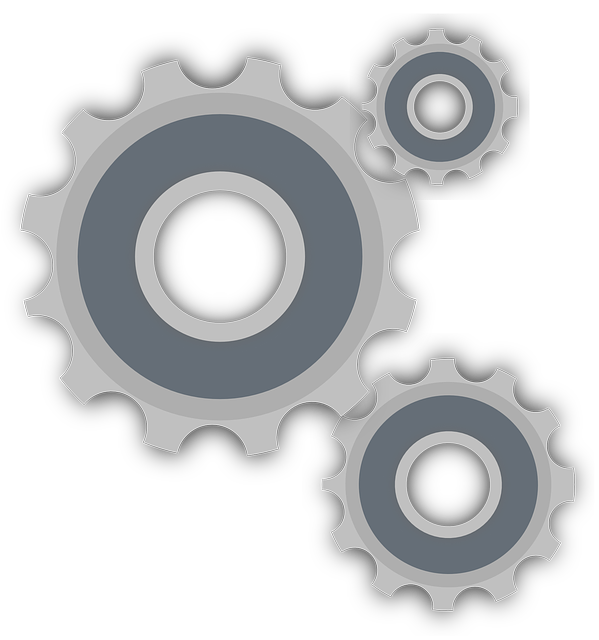Disclaimer: Post contains rantish tone, possibly even sarcasm! Lazy designers or those with feelings that bruise easily may take offense. 🤣
I see it all over the place. Like 9 out of 10 gear icons (where there is more than one gear) the teeth of the gears don't touch properly!

We all know how gears work, right? So what's the deal with so many people making non-functional gears in their icons?
The most common problem is gears that don't touch. Obviously if the gears aren't touching, they won't be serving their purpose. A symbol of non-functional technology doesn't exactly boost confidence in the brand.

↑ "I hope we can meet someday."
Another problem I have seen repeatedly is gears with locked mobility. If you've got a triangular formation of gears, and each one touches its neighbor, movement is impossible. Is this a hard concept? I don't think it is. Somebody please buy a LEGO Technic set for these designers who were deprived in their youth and never learned the basics of how gears work.

↑ This configuration is going precisely nowhere.
A third category of problematic gear configuration includes those with teeth sizes and/or shapes that could never feasibly interlock.

↑ The teeth don't interlock. Not happening, man. How did you think this was a good idea?
What could be the possible reasons for these issues arising over and over in designs? Let's explore some theories:
Possible reasons
- Laziness
- Assuming the audience is too dumb to notice
- Normalization of the practice (being influenced by the bad gear designs of others)
- Some are so focused on how the design "reads" at small sizes that they include low detail teeth... sometimes too low detail to appear functional (some validity here)
- Fear of making it look like they tried too hard ("functional gears are for nerds, man!")
- Mixing up gears with sprockets (as joojaa pointed out). Check it.
- Nobody cares enough. This would be sad, but let's not rule it out.
Look, nobody is saying you need to study gear ratios or anything that involves math (scary!). Just make the smaller gear have fewer teeth than the larger gear, but move it close enough that the teeth of both gears mesh. Trace the motion path in your mind's eye, and check that they can actually move.
What's worse is when the icon is animated. The designer would have had to witness the non-functional motion of the interactionless gears, and publish it anyway.
Is there some deeper cause or something else going on that I've missed? Please, enlighten me - how did we get here, and how can we fix it? (And am I just crazy, or have y'all noticed this too?)
Update: Thank you, everyone who contributed these thought-provoking and humorous answers. I learned about sprockets, gained perspective on how much junk design is produced by those who aren't designers, and reframed my ideas somewhat with regard to what ratio of form versus function is the "Goldilocks zone".



